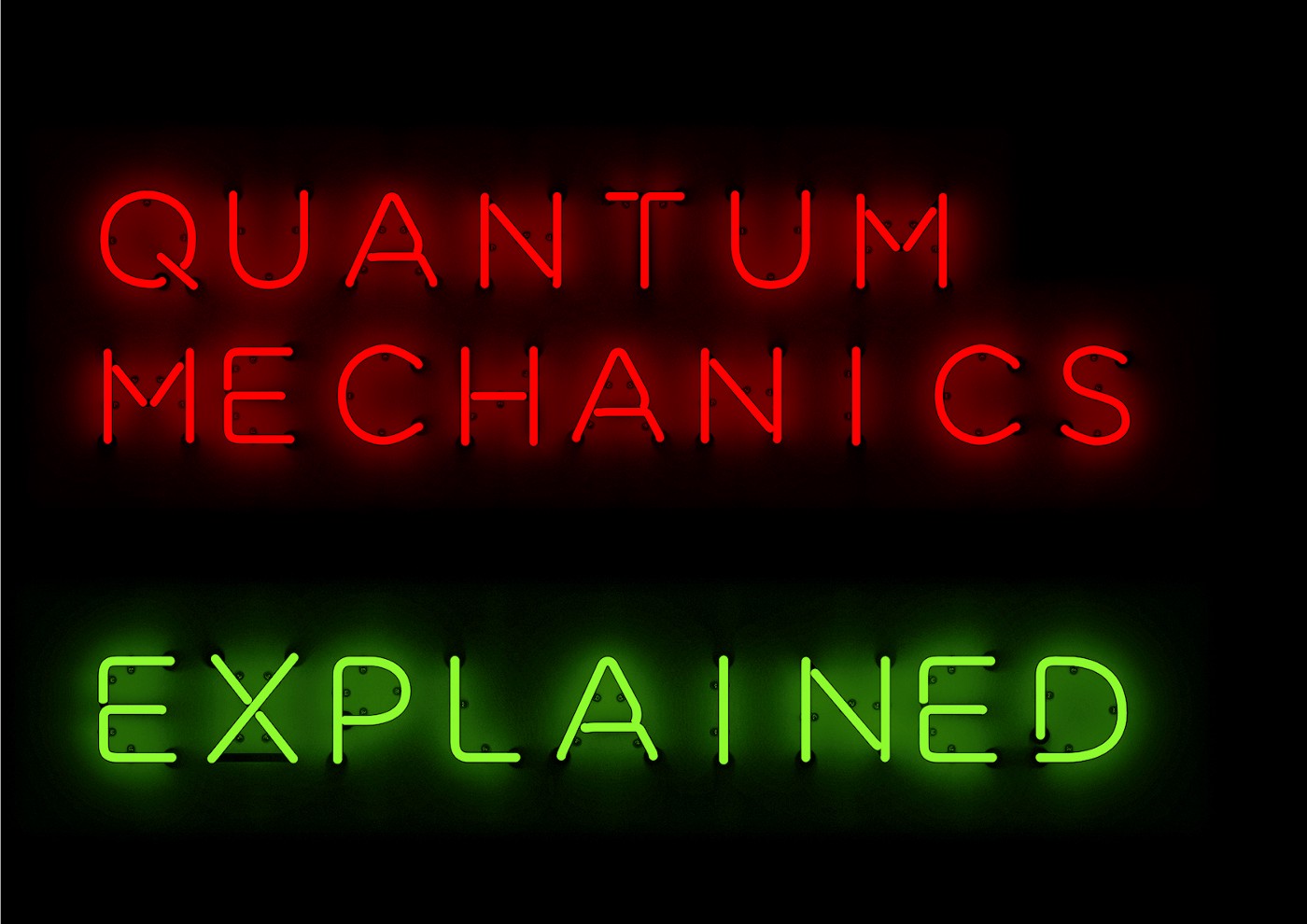Quantum Mechanics Explained
Category: About

As the train of the modern world progress increasing its speed literally every year, more and more technological developments are coming within the nearest future. The quantum computing threat is more like a phantom menace at the moment, though in several years the situation is likely to change due to the constant efforts of the many leading tech corporations on developments of different solutions.
However, it is essential as never before for worldwide community to get the understanding of this threat before the situation is out of hand. Although, before getting into intricate details, it is even more important to realize what makes the foundation and lies underneath the quantum technology.
Long before the Quantum Mechanics concept became as we know it today, many ideas regarding the technology use and implementation flew in the air.
The first-ever atomic bomb explosion had marked the start of the 1st quantum revolution — when microscopic effects had resulted in macroscopic technologies — like nuclear technologies, microelectronics, lasers, gyroscopes, MRI-machines, navigators. The first quantum revolution occurred at the turn of the last century, arising out the theoretical attempts to explain experiments on blackbody radiation. From that theory derived the fundamental idea of wave-particle duality: the idea, that matter particles sometimes behaved like waves, and that light waves sometimes acted like particles. This simple idea underlies nearly all of the scientific and technological breakthroughs associated with this first quantum revolution.
Unusual behavior in microscopic world proposed the lot of ways to use its advantages. At the fundamental level of atoms and particles, things could be in two places at once, and they could even move in two different directions at once. Moreover, it seemed they could also be entangled — engaged in a quantum version of telepathy in which they are somehow able to sense and affect each other instantaneously from a distance.
The first, it was the merge of newly-born Proto-quantum Mechanics and the Theory of Relativity. The Theory of Relativity, simply put, gives an understanding where to get the source of extremely powerful energy, a so-called mass defect that first was predicted in theory, with the help of the famous e=mc2 formula. When the Quantum Mechanics had shown the way how to achieve this — it became clear of how an atom looks.
Modern times designated as the 2nd quantum revolution in all over the world. The particular milestones of it mark the usage of a single quantum particle for humanity everyday routine purposes — the examples could be named such as magnetic field orientation detectors in every modern smartphone, wideband wireless technologies like WiFi and more others.
Quantum mechanics itself is one of the most successful theories in modern science. Basically, it has been used to calculate with incredible precision how the light and matter behave and how electrical currents pass through silicon transistors in computer circuits or the shapes of molecules. Much of today’s information technology relies on quantum theory, as do some aspects of chemical processing, molecular biology, the discovery of new materials, and much more.
Einstein was one of the first scientists to embrace the quantum world: in 1905 he proposed that light may not be a continuous wave but comes in “packets,” or quanta, of energy, called photons. As his contemporaries, such as Niels Bohr, Werner Heisenberg, and Erwin Schrodinger, devised a mathematical description of the quantum world in which probabilities replaced certainties. In his turn, Einstein protested that the world could not be so fuzzy in regard.Schrodinger figured out an equation that expressed all that we can know about a quantum system. This knowledge is represented in a so-called wave function, a mathematical expression from which we can deduce, for example, the chances of quantum particles being here or there, or being in this or that state. Measurement “collapses” the wave function to give a definite result.Heisenberg showed that we couldn’t answer every question about a quantum system correctly. His uncertainty principle is: the more precisely one can determine an electron’s momentum (as measured by mass multiplied by velocity), the less he knows about its position in space and vice versa. In other words, there are some pairs of properties for which increasingly accurate measurement of one of them renders the other ever fuzzier.
Moreover, such prominent scientists as Bohr, Heisenberg and their collaborators put together an interpretation of quantum mechanics back in the 1920s that are now named after their workplace: the Copenhagen interpretation. This argued that all we can learn about quantum systems is what we can measure, and this is all the theory prescribes — that it is meaningless to look for any “deeper” level of reality. Einstein rejected that, but nearly two-thirds of those polled in Austria were prepared to say that Einstein was wrong. However, only 21% felt that Bohr was right, with 30% saying we’ll have to wait and see.
Speaking more about the heart of these developments, we consider looking, literally, deep into the abyss of unknown. The experiments with electron scattering had shown a small central kernel inside the atoms, positively charged. As they are neutral, the electrons must circle around it. The problem is, that in classical physics that should cause an electromagnetic emitting that can lead to particles potential energy loss. Because atoms are stable, a paradox situation takes place.
“Quantum” is steadily becoming a buzzword in the modern technology sector, hitting more headlines as much as “Artificial Intelligence” and “Blockchain technology.” Still, it remains far behind the public understanding and widespread applications.
We already know how to imply and make use of Quantum Mechanics. The history behind the modern quantum developments is quite lengthy, and it is worth dividing it into specific parts for better comprehension: the first and the second quantum revolution. Stay tuned to know the whole story…
Recent news
